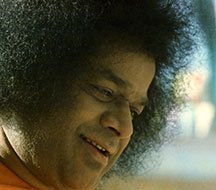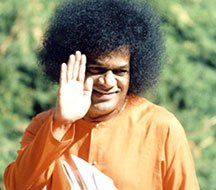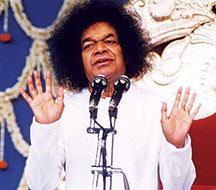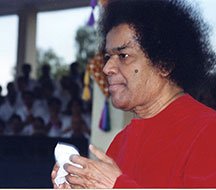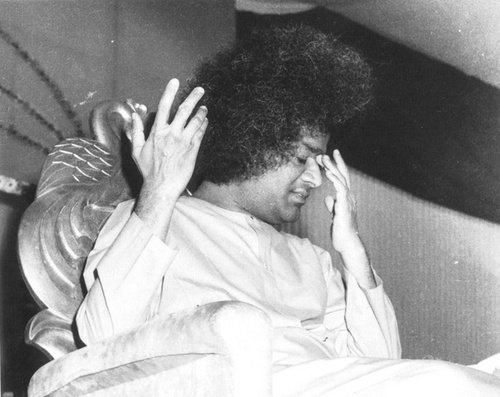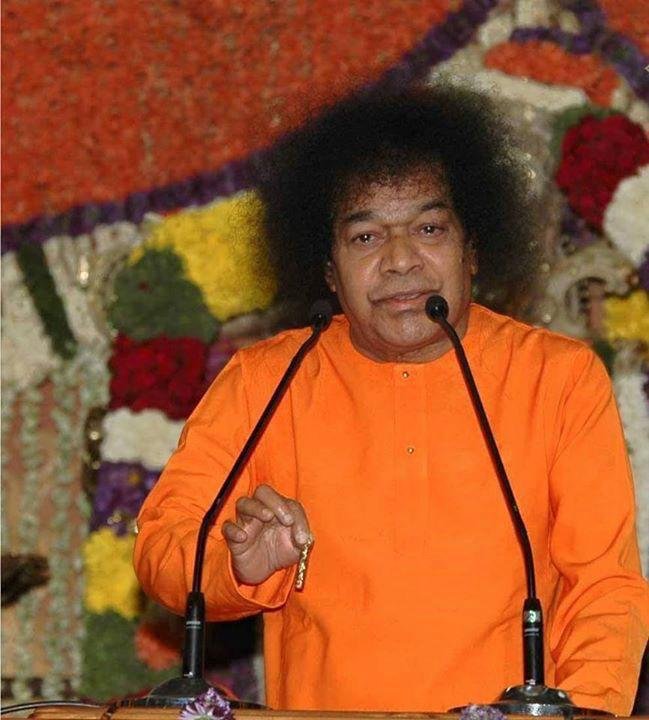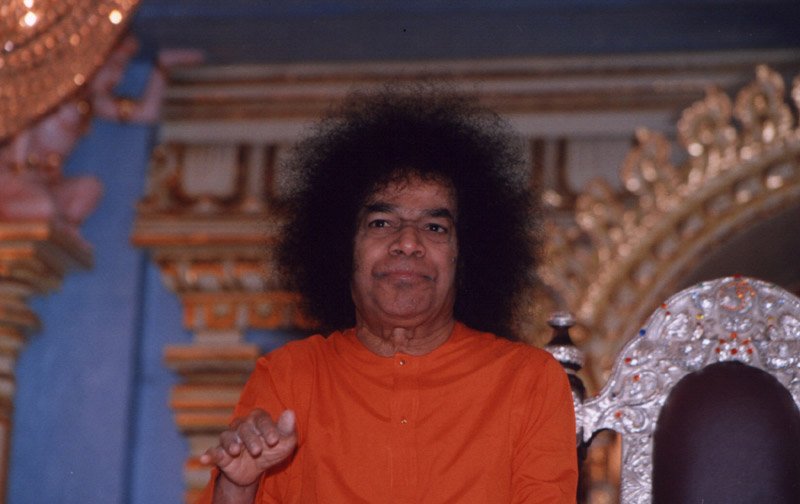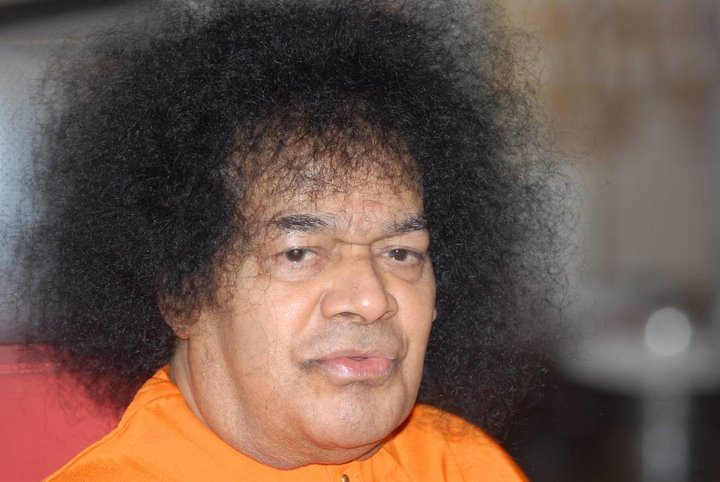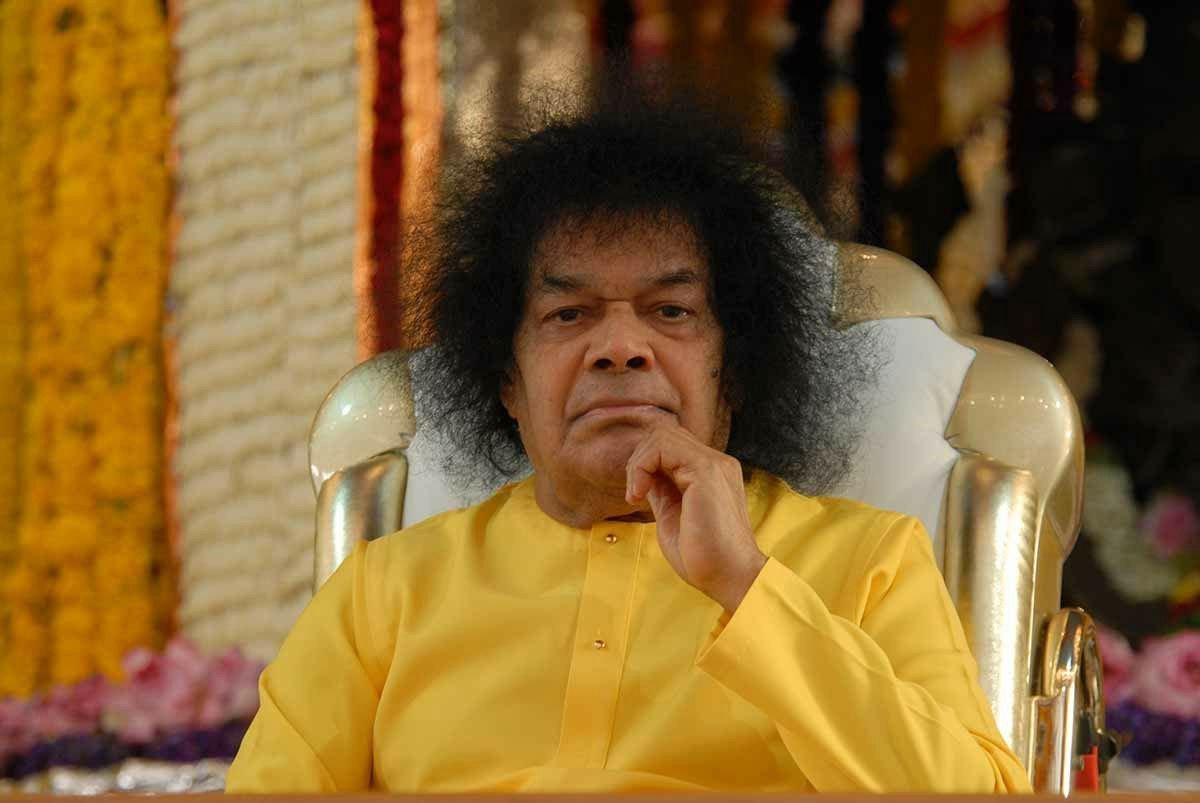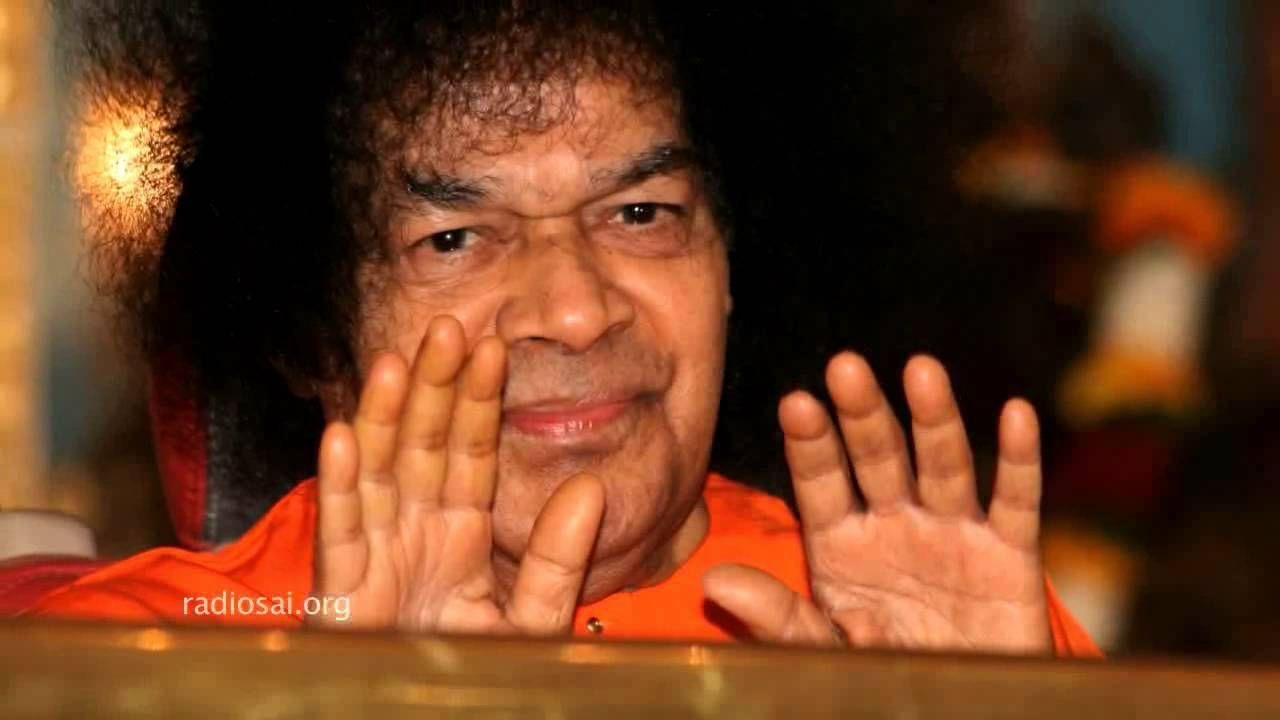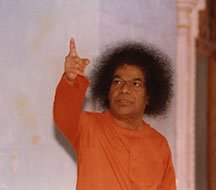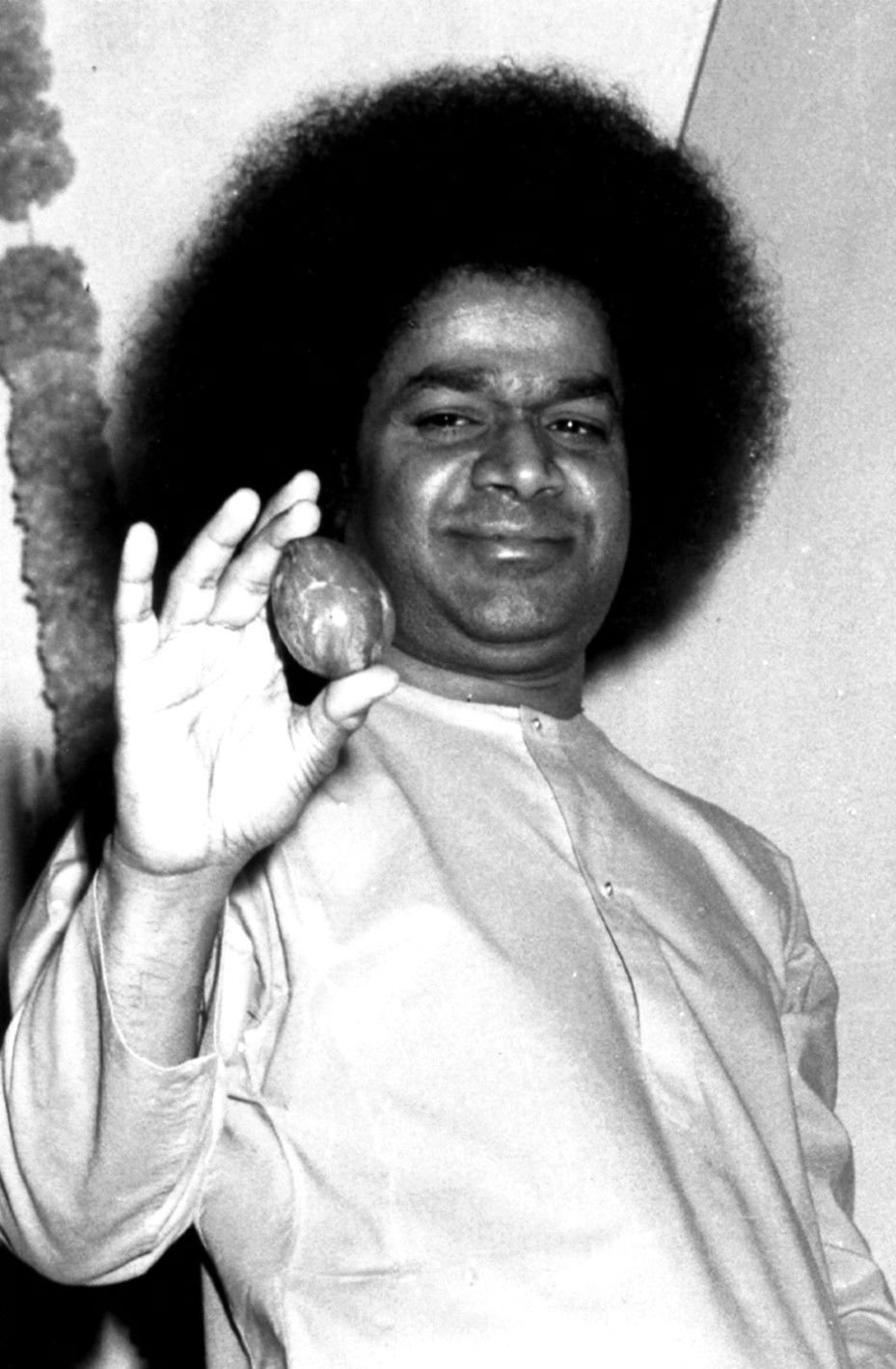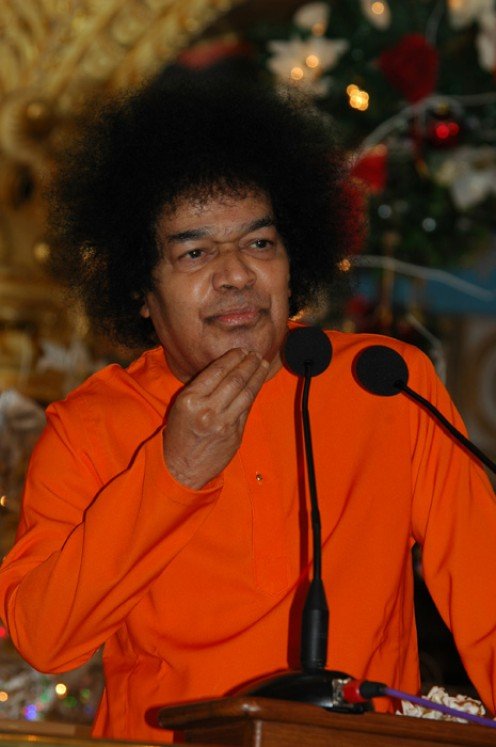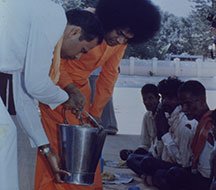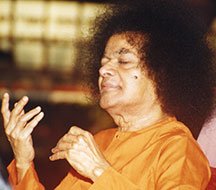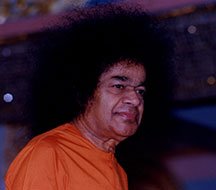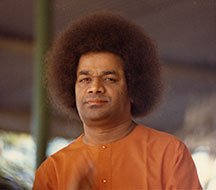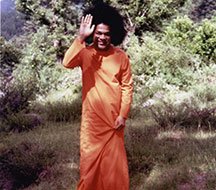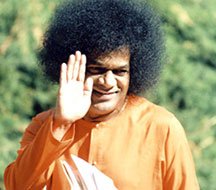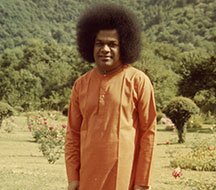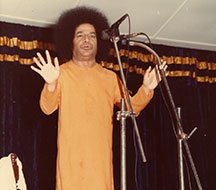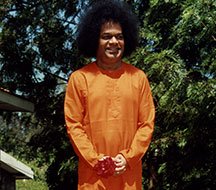Harita Smriti

The Harita Smriti is one of the 18 traditional Dharma Smritis in Hindu law and is attributed to Sage Harita, a revered ancient rishi. Like other Smritis, it is concerned with dharma (law, ethics, and duties), but it is particularly focused on ritual conduct, moral behavior, and penances rather than elaborate judicial procedures. Scholars consider it to be a later Smriti, likely composed between the 3rd and 6th century CE, during a period when the Dharmaśāstra tradition had already developed a systematic structure combining moral, legal, and ritual guidance.
The content of the Harita Smriti addresses the three classical branches of Dharma: Ācāra (proper daily conduct and social duties), Vyavahāra (laws and social regulations), and Prāyaścitta (penances and expiations). It lays down rules for householders, students, ascetics, and rulers, covering topics such as marriage, inheritance, property rights, funeral rites, duties of women and men, and rules of purity and pollution. A significant portion is devoted to Prāyaścitta, detailing atonement for sins such as theft, false speech, neglect of rituals, and breach of caste or social duties. The Smriti emphasizes virtues such as truthfulness, non-violence, charity, devotion, and respect for elders and teachers, reflecting a strong moral and ethical orientation.
In terms of significance, the Harita Smriti was respected by later medieval digest writers (Nibandhakāras) and often cited in discussions on ritual observances, domestic duties, and penances. While it did not serve as a primary legal text in royal courts like Yājñavalkya or Nārada Smriti, it was an important guide for householders, priests, and scholars who sought practical guidance on living a dharmic life. Today, it is studied as part of the broader Dharmaśāstra tradition, valued for its emphasis on ethical conduct, social harmony, and the integration of ritual and moral duties, showing how ancient Indian society sought to maintain dharma in daily life.

